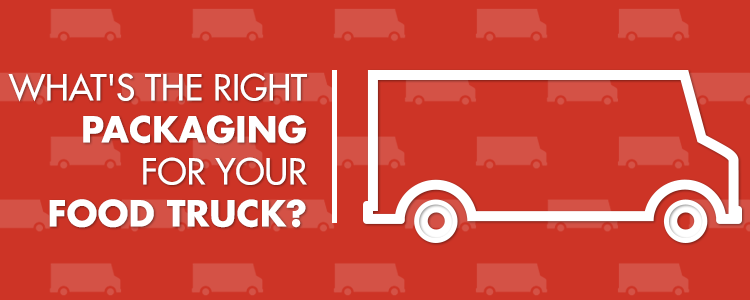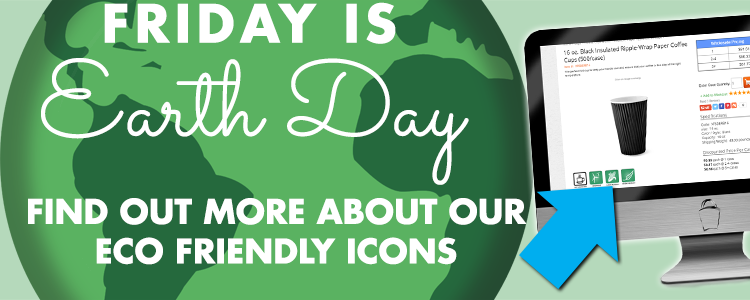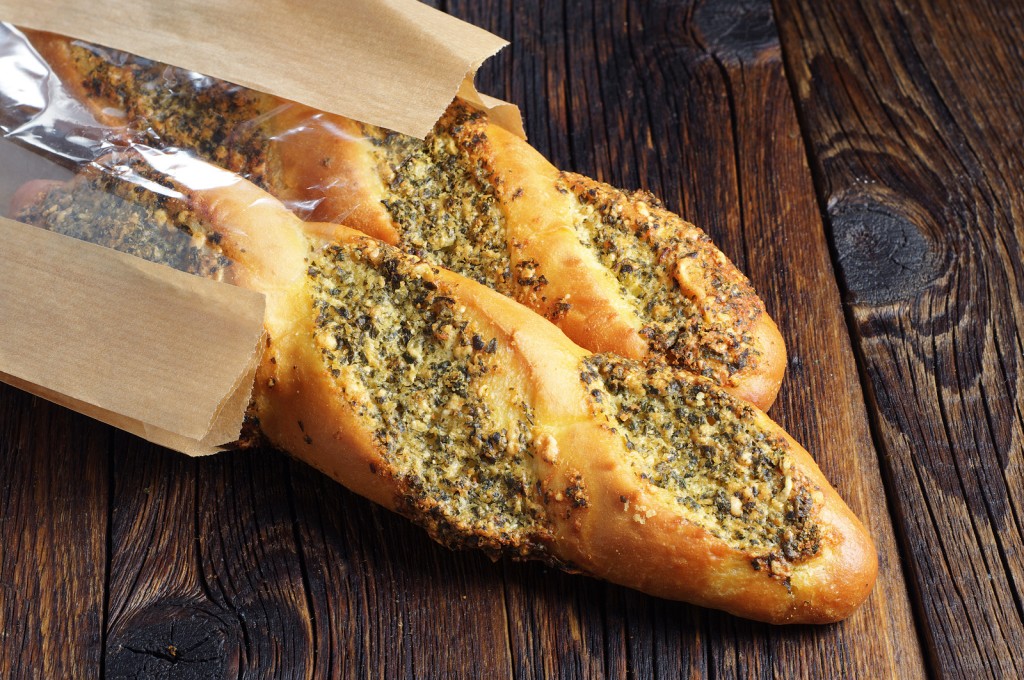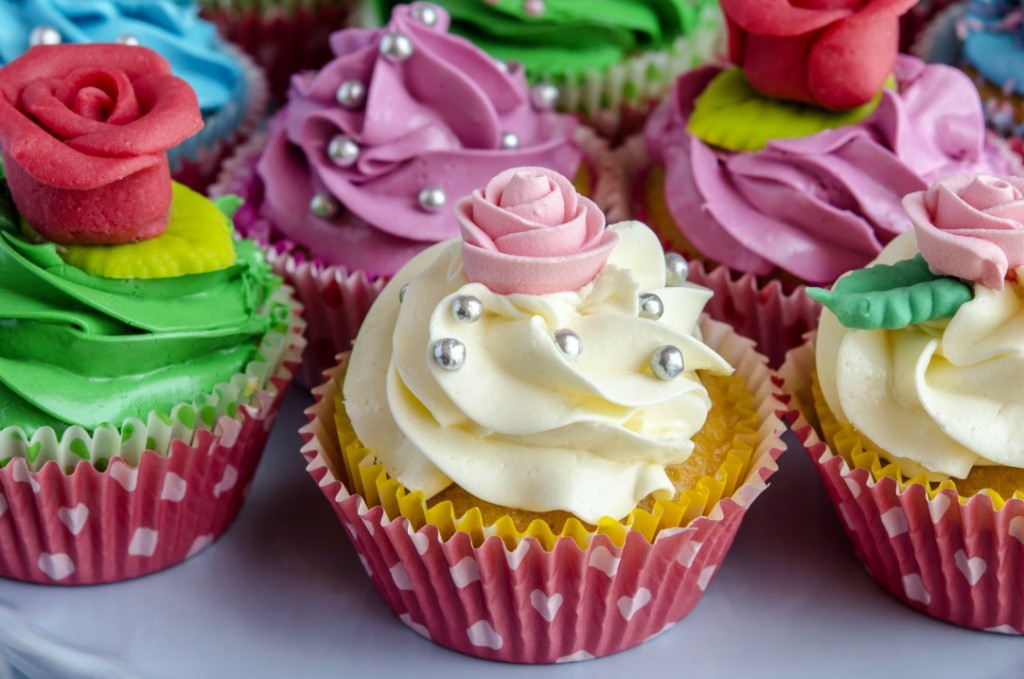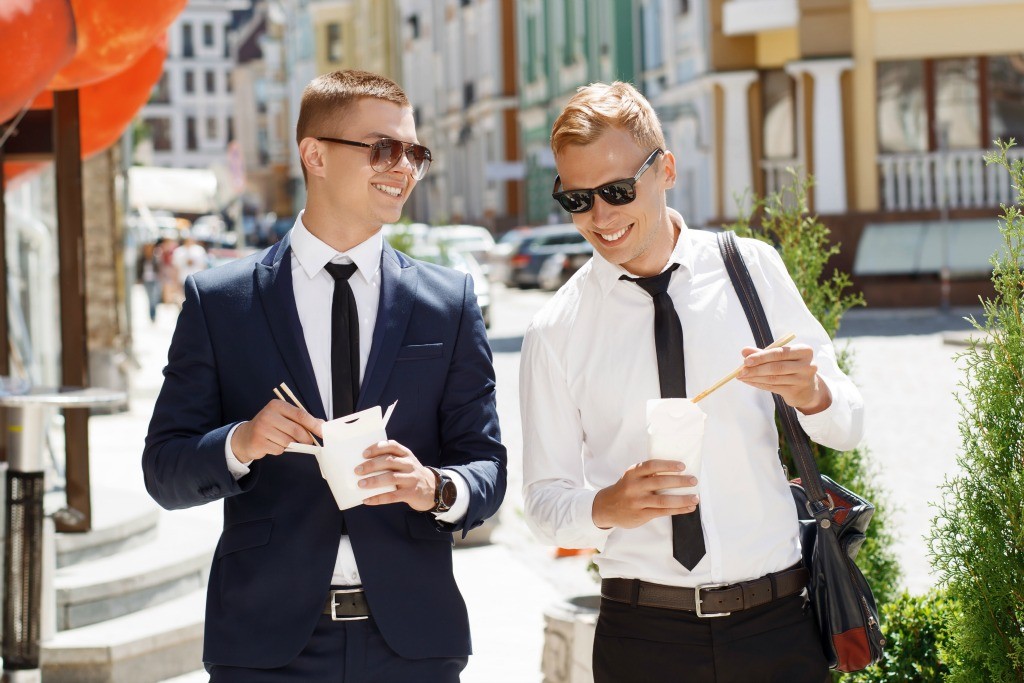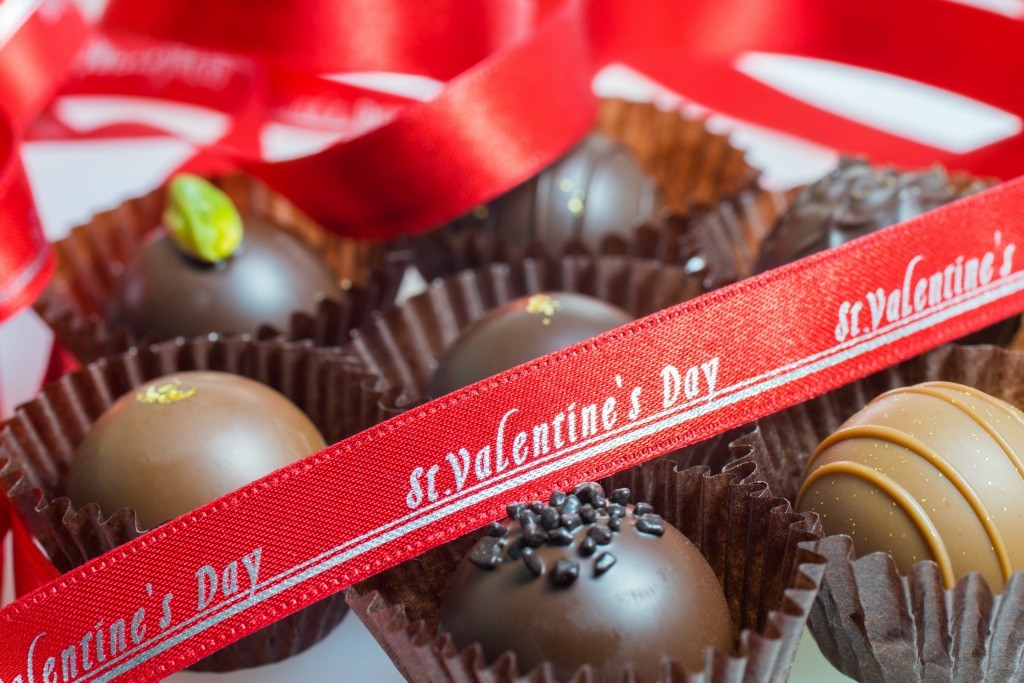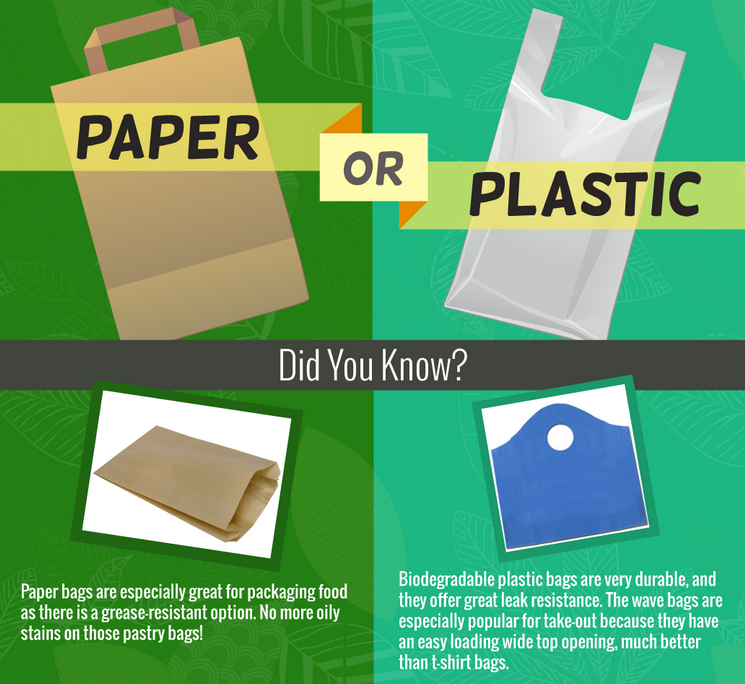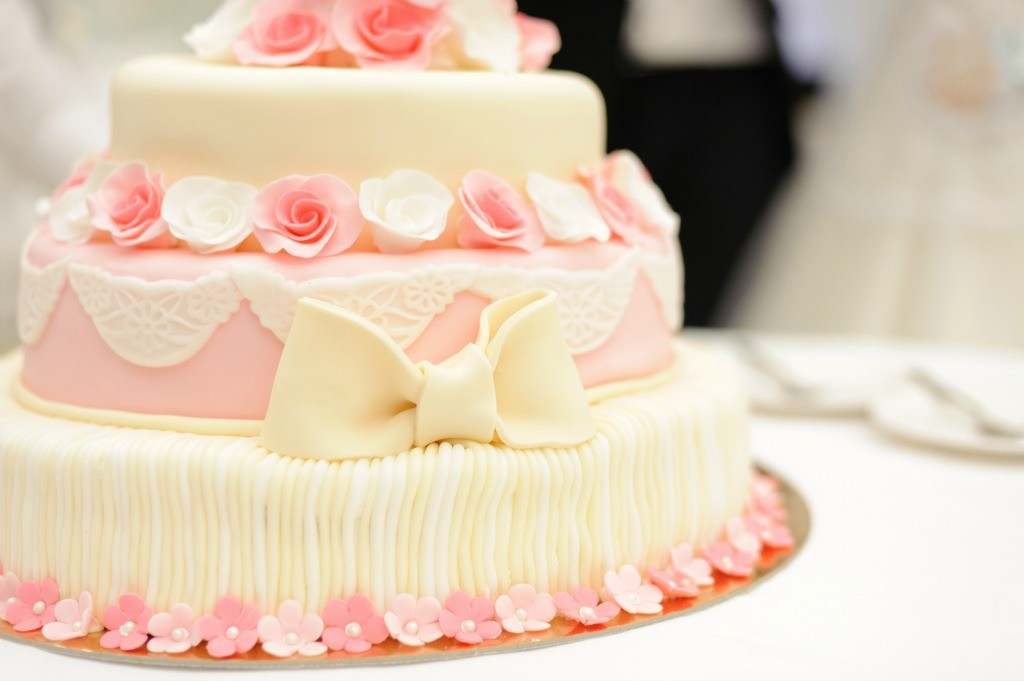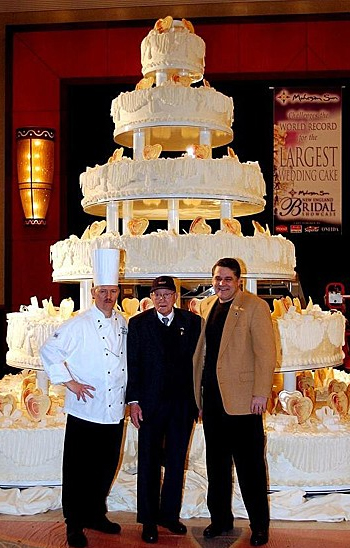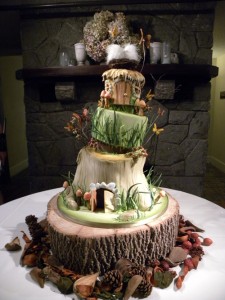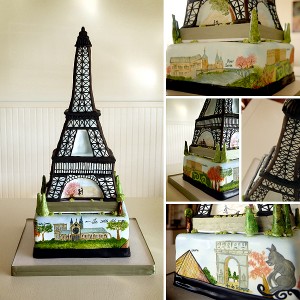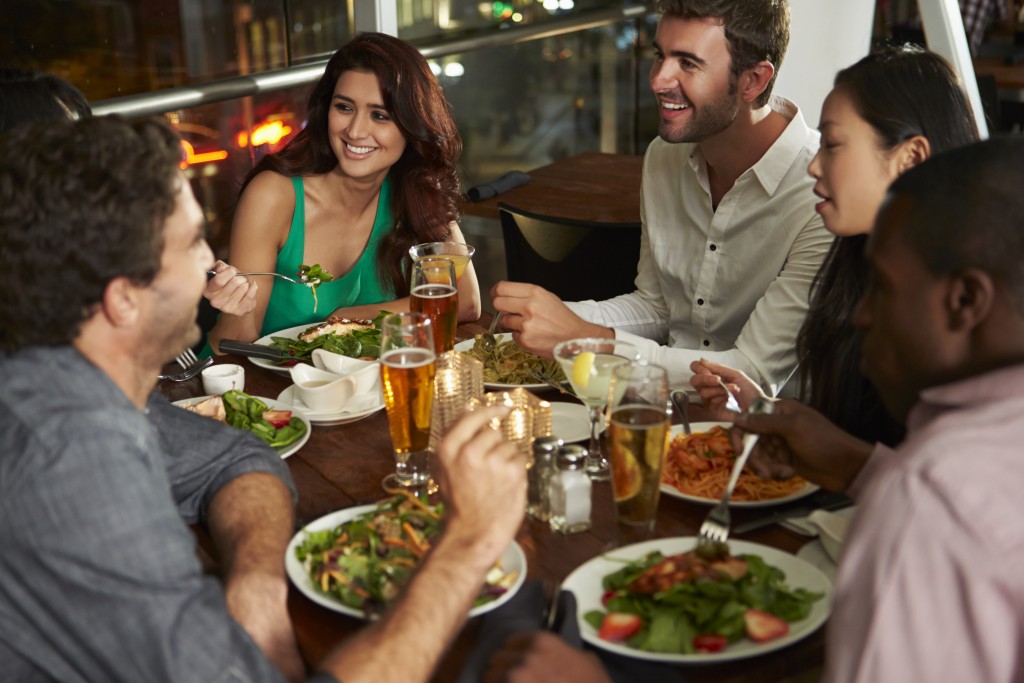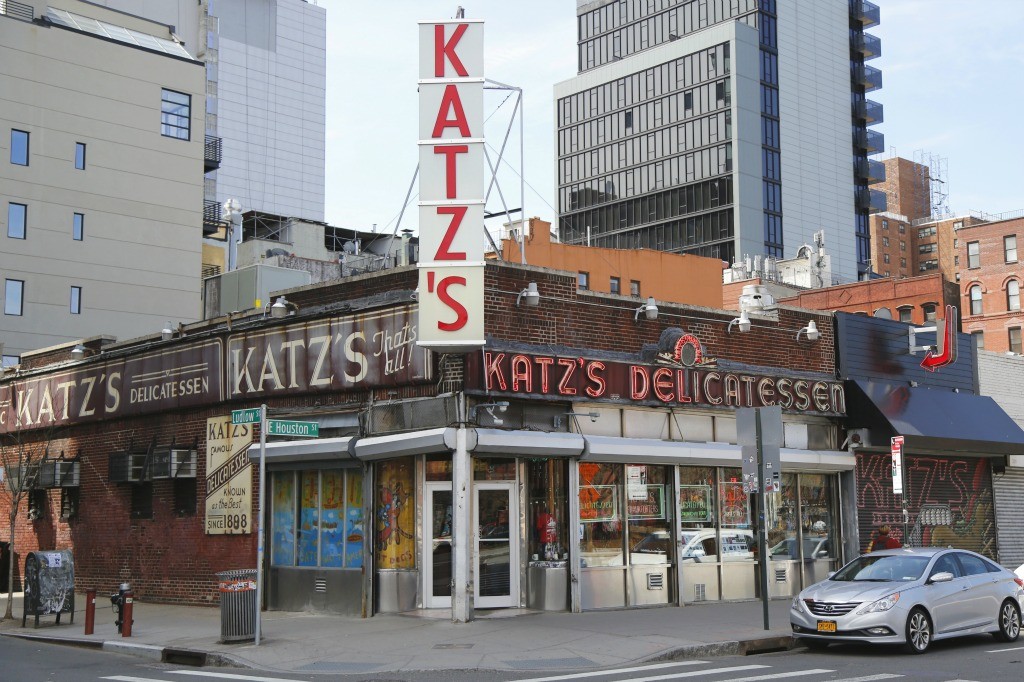From technology to fashion to interior decorating, cultural trends are continuously emerging and developing throughout all industries. For 2016, trends in the restaurant industry are seeming to lean towards improving customer and employee experiences and preparing more restaurants for taking advantage of the technologically-inclined world.
Here are the top restaurant trends you can expect to see in 2016 according to foodservice entrepreneurs:
- Stronger Emphasis on Simple, High-Quality Ingredients
Josh Owen, the owner of the New Orleans coffee shop Revelator Coffee, says that more and more customers are turning away from the frilly, fifty-ingredient products, and are asking for simple and pure. In 2013, Owen knew he wanted to start a coffee shop despite the intense competition in the industry. Instead of trying to think of the most creative and bizarre concoctions possible, he created menu with the simple and classic coffee drinks we all know. Turns out Owen’s back-to-basics approach was a hit. Customers began standing in line for his simple, high-quality beverages made without fancy names and garnishes.
- Better Work-Life Balance
More restaurants and other businesses are giving way to this trend by giving employees more time off to be with family. According to chef and owner of the Here To Serve Restaurant group in Atlanta, Tom Catherall believes this is a shift in the workplace we can expect to see more. As a chef for over fifty years, Catherall remembers what it was like to work 15 hour days, seven days a week, with very little time to spend with his family. For 2016, Catherall has capped his employees’ workdays at 10 hours, and allows them to take three nights off to spend more time at home.
- Closing The Gap Between Customers and Establishments
A trend we’ll see more restaurants pay closer attention to this year is the instant response to customer feedback, and being able to control negative reviews. Rick Stewart, the director of café operations at Barnie’s CoffeeKitchen, is planning to use the BlurtBox app to track and collect customer feedback, and privately respond to negative reviews. Restaurant owners can see customer complaints in a private dashboard and can respond to them in real time. This allows business owners and managers to stop worrying about bad reviews, and put more effort into listening and responding to what customers are saying.
- Implementing Mobile Point-of-Sale Systems
A study conducted by restaurant researcher Justin Guinn reveals that 72% of restaurant owners wish they had a mobile Point-of-Sale (POS) software in place to modernize day-to-day operations and improve customer experience. Mobile POS systems–touch-screen iPads, wireless barcode scanners for smartphones, and card readers–make customer payments and sales tracking much easier. They are also less expensive than desktop systems and are quickly gaining popularity in the restaurant industry.
- One-Time Ordering from Multiple Suppliers
One of the most time-consuming challenges for restaurant owners is having to order their supplies. It often takes more than one shot to get an order right and involves multiple calls, emails, faxes, and texts to multiple suppliers. A free app called BlueCart is revolutionizing this frustrating part of restaurant ownership and allows restaurants to order from all of their suppliers at once, in one place. The app saves tons of time from making separate orders and helps both the restaurant owner and supplier make the process much easier with less error.
- Online Menu Viewing & Ordering
Tech-savvy generations are continuing to increase the demand for high-tech features and instant gratification in businesses. Customers want to be able to view a restaurant’s menu on smartphone apps, in the restaurant on a tablet, and on the restaurant’s website. Mobile access gives customers the ability to scan quickly a restaurant’s menu to order takeout, make reservations, and peruse the dining options. Restaurants can give in to these techy demands by adding mobile-friendly menu viewing and ordering options. Rafi Cohen, the co-founder of an online ordering system, Orders2me, is helping restaurants adopt an online ordering portal using their existing payment system that charges a flat monthly fee.
- Social Media and Custom Tissue Paper
When it comes to social media and technology, the food photo is one of the most popular uses of Instagram and other photo-sharing sites. When customers share pics with friends on social networking outlets, it becomes a great way to boost brand awareness. For restaurants, food trucks, bakeries, and delis, custom tissue paper is more important than ever. Imagine photos of your most popular menu items wrapped in paper printed with your logo and then making its way across the Internet. Sometimes the most effective marketing comes from a happy customer sending a photo to a friend. At MrTakeOutBags, we help restaurants boost marketing with custom sandwich wrap paper and basket liners that feature your distinct logo. Even better, the tissue is grease resistant, durable, and lightweight, all the things that make your best dishes ready for their close-up.
If you are a restaurant owner, start this new year by considering these industry trends and form a plan for how you can implement them into your business to boost growth and success.

